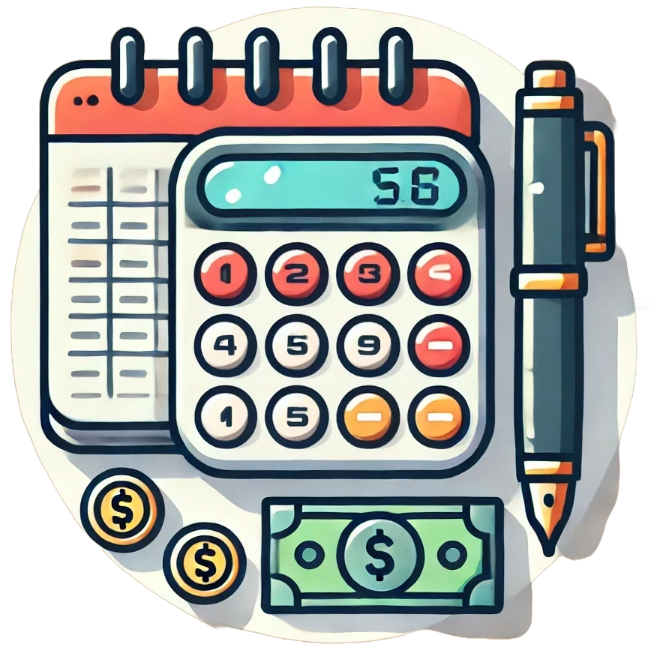Publication date: July 5, 2024

Introduction
Day trading is the ideal way of trading for many people and therefore very popular.
Begin your day with a clean slate, entering positions as the day progresses and closing them all before the day ends. So you end the day without positions. To become and remain a successful day trader you have to fulfill several requirements. The perfect picture is not for everyone! Statistics show that the majority of beginning-day traders are not successful and quit. Day trading is known as the most difficult way of trading.
This is because it is more difficult to estimate and react to short-term prices than it is to estimate long-term prices. Besides the hard rules we mention below, it is of great importance to be successful that you are mentally strong and that you are therefore always able to execute your rules (trading rules) consistently. Are you mentally rock solid and want to become a day trader? Then follow the recommendations below first. Trading is not a game so prepare well!
Essential Steps for Successful Day Trading:
1. Study: Understand the basics of financial markets, technical analysis and trading strategies before you begin.
2. Develop a trading plan: Have a clear plan that includes your trading goals, risk tolerance and strategies for entry and exit points.
3. Use a demo account: Make lots of mistakes first and get lots of flying hours. Practice trading with a demo account before risking real money to build your skills and confidence.
4. Start small: Start with a small amount of capital to minimize risk as you learn.
5. Set stop-loss orders: use stop-loss orders to limit potential losses and protect your capital.
6. Stay informed: stay abreast of market news and trends that may affect the stocks you trade.
7. Maintain discipline: stick to your trading plan and avoid emotional decision-making.
8. Keep records: keep a trading journal to track your trades, including the rationale behind them and the results.
9. Manage risk: risk only a small percentage of your trading capital on a single trade (for example, 1-2%). Use modest leverage (maximum 4) and only trade products you are familiar with and that have high liquidity.
10. Continuous learning: The market is evolving, so constantly update your knowledge and strategies. But also be careful not to change systems every week.
Avoid the common mistakes:
1. Don't overtrade: avoid too many trades in a short period, which can lead to high transaction costs and emotional exhaustion.
2. Don't trade without a plan: impulsive trading without a strategy can lead to significant losses.
3. Don't ignore risk management: Failure to manage risk can quickly deplete your trading capital.
4. Don't chase losses: Trying to recover losses by executing aggressive trades can lead to further losses. common mistake!
5. Don't rely solely on tips: Base your trades on your research and analysis rather than on tips from others.
6. Don't trade with money you can't lose: Make sure the money you use to trade is not needed for essential expenses.
7. Don't neglect your health: Day trading can be stressful; Take breaks and maintain a healthy lifestyle.
8. Don't be overconfident: Even successful trades can lead to overconfidence which can result in risky decisions.
9. Don't ignore fees and taxes: Keep in mind transaction costs and tax implications, which can affect your net profit.
10. Don't trade unsupervised: Keep an eye on the market during trading hours to react to sudden changes.
Traders think in percentages and not cents. Everything is relative. If a loss of a few hundred euros makes you nervous while you are trading with thousands of euros, you are not suitable.
Analysis techniques
In day trading, several analysis techniques are widely used to estimate market movements and make profitable trading decisions. Here are the most commonly used analysis techniques that are available in almost every trading platform and that you can practice within the demo account.
- Candlestick patterns: This involves analyzing candlestick charts to identify patterns that may indicate potential market moves, such as doji, hammer, and engulfing patterns.
- Moving averages: Averages such as the Simple Moving Average (SMA) and the Exponential Moving Average (EMA) are used to identify trends and to get signals for entry and exit points.
- Relative Strength Index (RSI): This indicator measures the speed and change of price fluctuations and helps to identify overbought or oversold conditions.
- MACD (Moving Average Convergence Divergence): This tool helps traders identify changes in the strength, direction, momentum, and duration of a trend in a stock price.
- Bollinger bands: These are used to measure volatility and help identify overbought or oversold conditions.
- Volume analysis: Analyzing trading volume can help confirm the strength of a price movement and identify potential reversals.
- Price action trading: this involves trading based on the movements of the price itself, without using indicators. Traders look at price levels, trend lines, and support and resistance levels to make trading decisions.

.svg)









